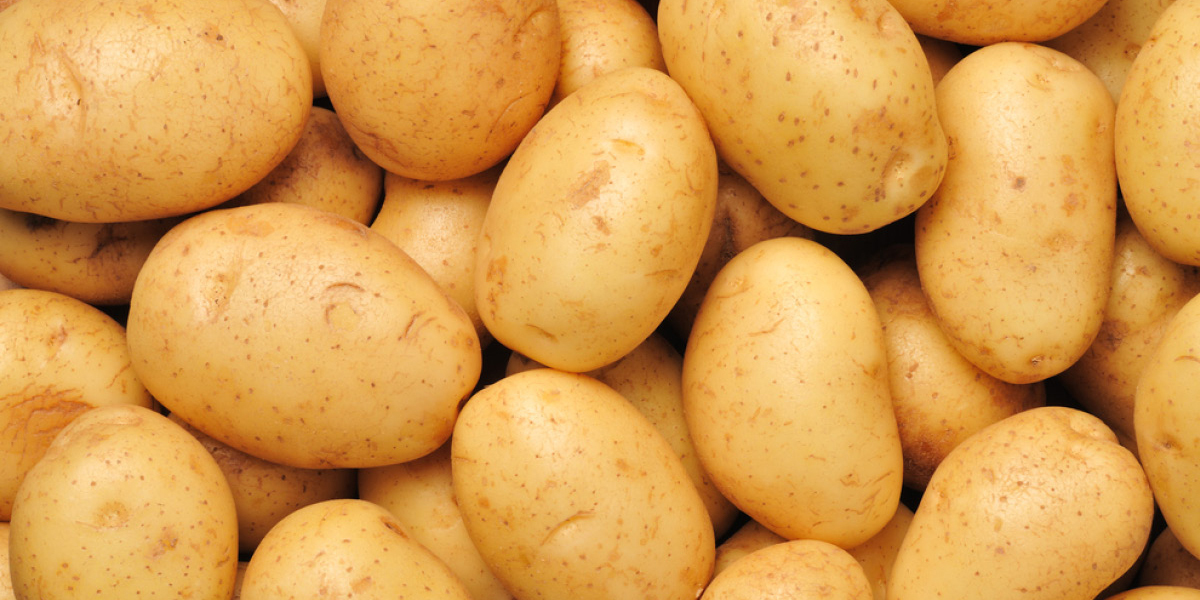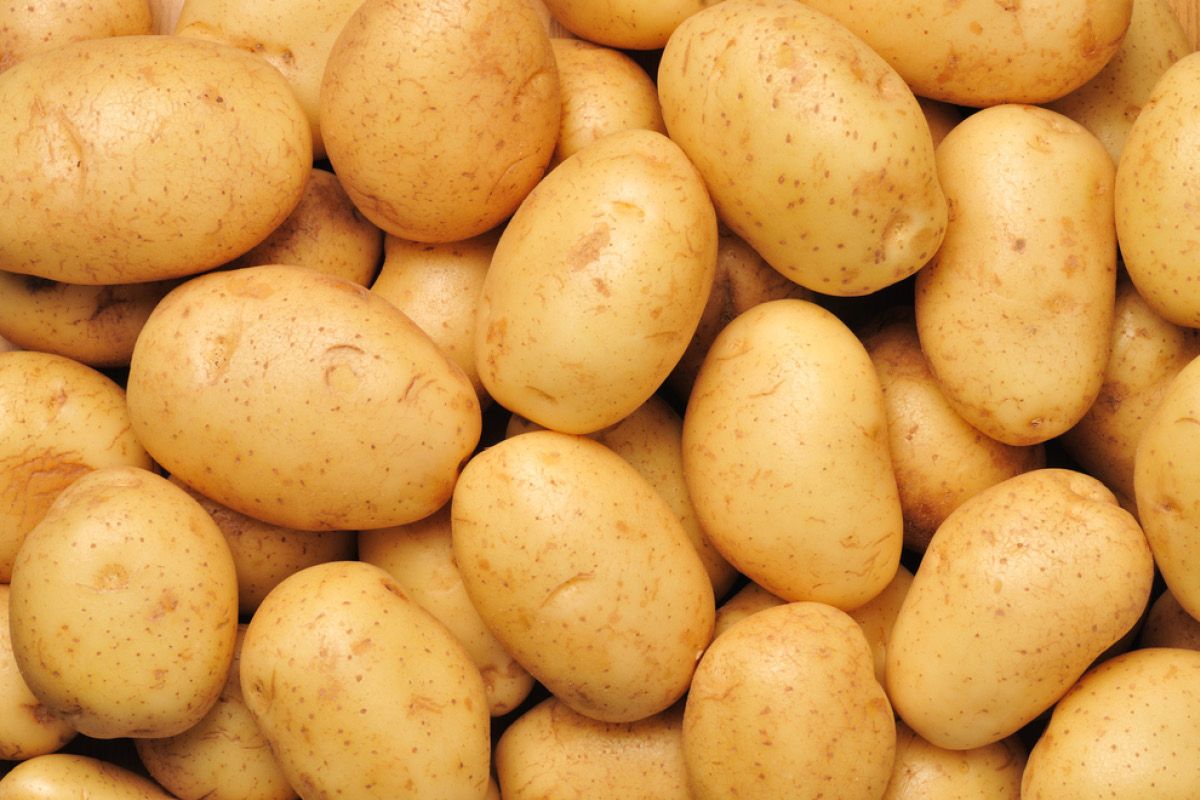

By Jason Best
Consumers seeking to satisfy their salty snack cravings sans genetically modified ingredients may soon have to get savvier about scouting out chips and other products made without the use of GMO potatoes.

This week, the U.S. Department of Agriculture formally approved two new types of genetically engineered potatoes, both of which were developed by Simplot, the Idaho-based spud giant. (A third GMO variety was previously approved by the department). Now, pending what amounts to a fairly cursory review by the U.S. Food and Drug Administration and the U.S. Environmental Protection Agency, the company expects all three GMO strains to be available to farmers for planting next spring.
It’s hardly an exaggeration to say that over the past two decades, the agriculture industry in the U.S. has wholeheartedly embraced GMO crops with gusto. Almost all of the soy and corn grown in the U.S.—upwards of 90 percent for both crops—is genetically modified. Same goes for canola. More than half of sugar beets are also grown from GMO seeds.
The same cannot be said for potatoes. Indeed, field tests of an early GMO potato variety sparked one of the first protests against the technology back in the late 1980s and the industry remained largely GMO-free. It was just last year that the potato industry began planting a GMO variety on a commercial scale, a cultivar also developed by Simplot and named White Russet.
The three new varieties—Ranger Russet, Atlantic and Russet Burbank—all follow that first generation in that they are designed to minimize bruising and black spots, as well as reduce the amount of a chemical that is potentially carcinogenic that develops when potatoes are cooked at high temperatures. The trio of 2.0 cultivars have also been engineered to resist the pathogen that causes late blight, the disease that led to the great Irish potato famine in the mid-19th century and for “enhanced cold storage,” a trait that may be of particular interest to potato chip makers, according to The Associated Press.
“We obviously are very proud of these,” a Simplot spokesperson told the AP. The company says it only used genes from other potatoes to create its GMO varieties, such as a gene from an Argentine potato that yields a natural defense to blight.
As agro-tech companies have done since the dawn of the GMO revolution, Simplot is touting a promise that its GMO spuds will allow farmers to dramatically reduce the amount of chemical pesticides they’re forced to spray—in this case, by up to 45 percent. Maybe so. But there are signs that public skepticism against such claims is growing ever more widespread, like the fact that the damning results of a New York Times investigation published last weekend under the not-so-subtle headline Doubts About the Promised Bounty of Genetically Modified Crops shot to the top of the newspaper’s list of most-emailed articles.
New York Times Takes Critical Look at False Promise of GMOs https://t.co/ojJKF4jtiR @TrueFoodNow @justlabelit
— EcoWatch (@EcoWatch) November 1, 2016
The Times takes to task two of the biotech industry’s dominant claims about the need for GMO crops: First, that genetic modification is essential if we’re going to grow enough food to feed the planet’s burgeoning population, and second, that by engineering crops to resist common pests while withstanding application of herbicides, those crops would in turn require fewer dangerous chemical inputs.
Well, it’s been 20 years since Monsanto and other companies rolled out their first GMO crops on a wide scale. So how has it all worked out? The Times compared crop yields and agrochemical use in Canada and the U.S.—where, as mentioned, GMO crops are widely grown—with those in Western Europe, where greater public hostility toward the technology led to many GMO crops being banned. The investigation found farmers in North America seem to have “gained no discernible advantage in yields” through their adoption of genetically engineered crops. Yet herbicide use among U.S. farmers has risen by 21 percent; in France it has fallen by 36 percent. Although use of insecticides and fungicides has indeed dropped by a third in the U.S., it has fallen by more than double that rate in France.
New Report Busts Myth That GMOs Needed to 'Feed the World' via @EcoWatch https://t.co/kDNE9Y69Eb
— Mark Hyman, M.D. (@drmarkhyman) October 5, 2016
As you might expect, the biotech industry strongly disputes the Times analysis, saying it relies on “cherry-picked data.” Yet even Matin Qaim—an independent academic at the University of Göttingen in Germany whose work Monsanto and other companies often cite to buttress their claims—offered an assessment that wasn’t exactly aligned with the industry’s PR spin: “I don’t consider this to be the miracle type of technology that we couldn’t live without,” he told the Times.
Reposted with permission from our media associate TakePart.

 233k
233k  41k
41k  Subscribe
Subscribe 